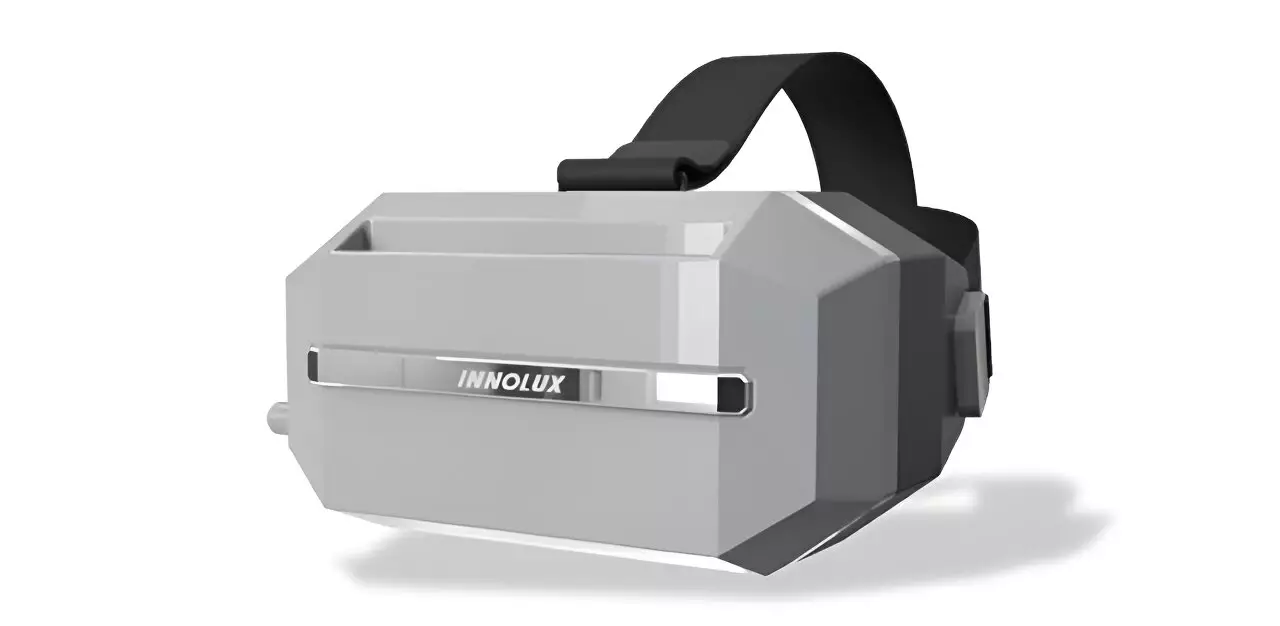Near-eye displays have become increasingly popular in the realm of portable devices, providing individuals with immersive virtual reality experiences. The primary goal is to create highly immersive experiences while ensuring visual comfort. However, there have been significant challenges in addressing the Vergence-Accommodation-Conflict (VAC) and limitations in the resolution of light field displays. Researchers have been exploring innovative approaches to overcome these challenges and enhance the overall virtual reality experience.
Earlier light field displays in VR were constrained by small size and low resolution, resulting in restricted viewing angles and screen window effects. Recently, the authors of a paper published in the Journal of Optical Microsystems have made a significant breakthrough by utilizing a 3.1-inch 3k3k LC display. In doing so, they have overcome these limitations and expanded the possibilities of near-eye displays. However, this transition to high-resolution VR LCD displays presented material and process challenges that required attention.
High-resolution liquid crystal displays (LCDs) are crucial in addressing light field resolution issues. The authors elaborate on various strategies to enhance LCD resolution, such as utilizing specialized pixel designs and driving techniques. One of the key aspects is improving aperture and contrast ratios, which can significantly enhance the visual experience. By focusing on pixel architecture, advancements can be made in display design to ensure exceptional angular resolution and faithful reproduction of high-quality images.
The paper also explores novel applications of light field technology beyond its use in VR displays. One such application is in vision correction for VR systems. By utilizing light field technology, both vision correction and the expansion of the eyebox can be achieved, thereby elevating the overall virtual reality experience and enhancing user comfort. Parameters such as spherical power (SPH), cylinder power (CYL), and cylinder axis (AXIS) are taken into account for comprehensive visual correction.
The authors investigate the optics of light field virtual reality, specifically focusing on the creation of elemental image (EI) arrays through a lens array and spatially multiplexed light field optics. This approach generates volumetric virtual images that accurately simulate proper eye accommodation, eliminating the need to address VAC. Through a careful examination of light field display technology, the paper demonstrates the immense potential for creating immersive and comfortable visual experiences.
The research offers a comprehensive exploration of the development of high-resolution light field displays, encompassing advancements in display design, pixel architecture, and vision correction through the integration of light field technology. By pushing the boundaries of resolution, researchers are paving the way for enriched visual experiences within high-resolution VR systems. These advancements have the potential to revolutionize the world of virtual reality and provide users with unprecedented levels of immersion and comfort.
Near-eye displays are rapidly evolving, with high-resolution light field displays leading the way towards immersive virtual reality experiences. The integration of light field technology has overcome previous limitations and opened up new possibilities for VR systems. Through advancements in display design, pixel architecture, and vision correction, researchers are continuously improving the resolution and visual comfort of these displays. This research is a significant milestone in the progression of light field displays, offering a glimpse into the future of virtual reality.


Leave a Reply